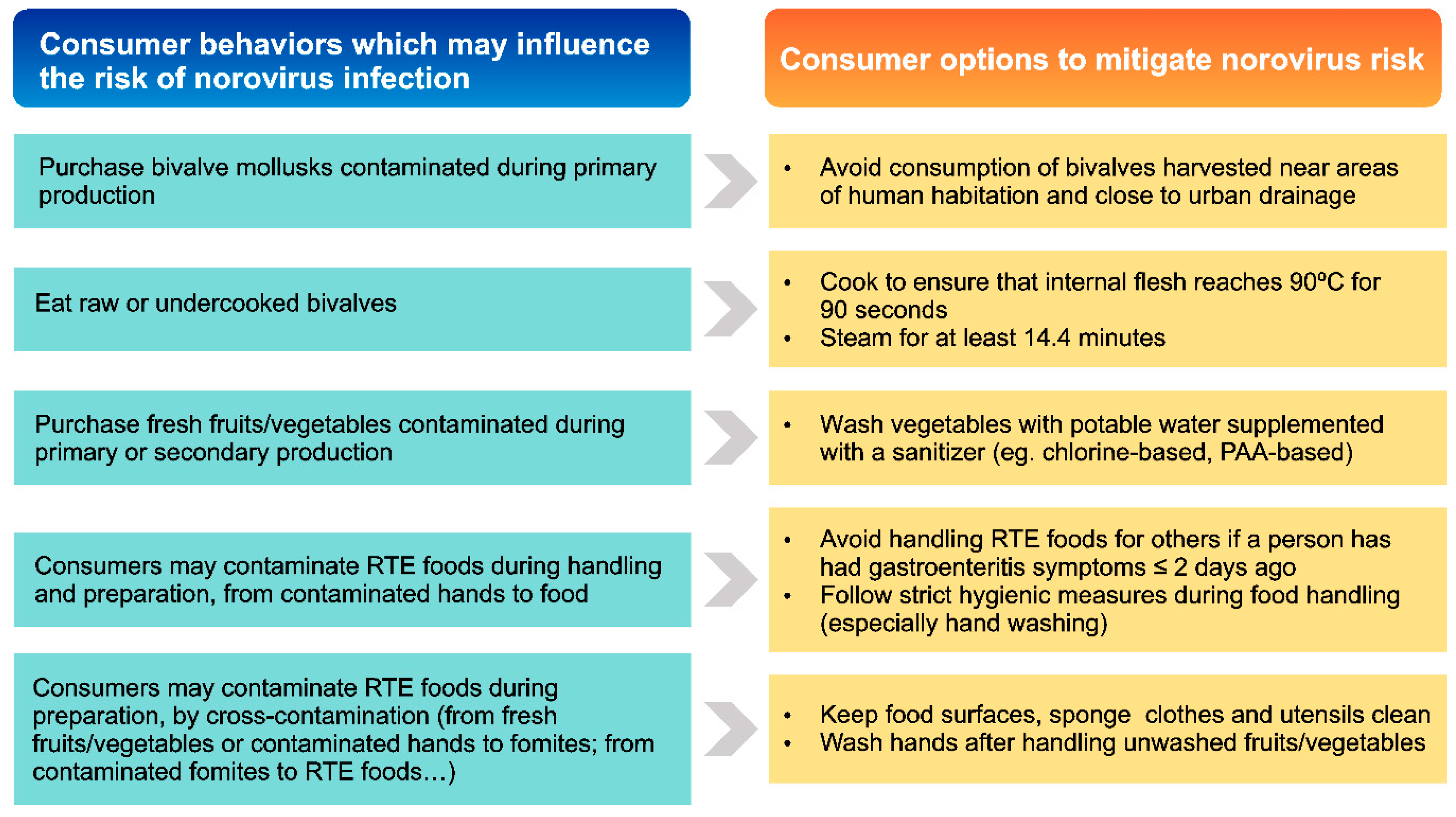How to Start an Email: Practical Tips for Effective Communication in 2025
In today’s fast-paced digital world, knowing how to start an email effectively is crucial. Whether it’s a professional email to a colleague, a formal communication with a client, or a friendly email catch-up with a friend, the way you begin your message sets the tone for the entire correspondence. In this article, we'll explore contemporary tips on crafting the perfect email introduction, focusing on structure, greetings, and etiquette to enhance your communication skills in 2025.
Email Structure and Importance of Subject Lines
A well-structured email begins with an engaging subject line and a thoughtful introduction. An effective email subject line captures the recipient's attention and informs them of the content's importance. Similar to a book cover, the subject line should be both **informative** and **inviting**, motivating the recipient to open the email without delay. For instance, use action-oriented phrases such as "Quick Update on Project X" or "Request for Feedback on Proposal." These subjects are not only **clear** but also establish the **context** right away, making effective email communication easier.
Choosing the Right Email Greeting
The salutation is a critical component of your email as it reflects your approachability and formalities. Depending on your relationship with the recipient, you may choose to start with "Dear [Name]" for more formal communications or opt for a friendly email intro like "Hi [Name]" for casual correspondence. Understanding your audience is key—while writing for a colleague may allow for a more relaxed greeting, addressing a client typically calls for a more **professional tone**. This approach not only shows respect but also sets the right kind of rapport.
Email Opening Lines That Engage
After the salutation, the opening line of your email serves as an invitation to engage. Rather than jumping straight to the point, consider starting with **acknowledgment**. For example, “I hope this email finds you well” or “Thank you for your earlier insights”—these friendly email tones can establish a positive atmosphere before diving into the main content. Crafting **impactful email openings** enhances the likelihood of a thoughtful response and creates a welcoming environment for discussion.
Polite Openings and Engaging Emails without Formalities
Finding the right balance between politeness and engagement can make your emails shine. In 2025, casual approaches to writing a business email are still effective, provided they maintain a level of professionalism. Starting with gratitude, such as “I appreciate your timely responses,” can sweeten the initial tone. Remember, making a **positive first impression** enhances communication, making it more likely for the recipients to respond favorably. Polite email openings are not just courteous; they can significantly motivate the recipients to engage with your content.
Personalizing Your Email to Build Rapport
Using the recipient's name where possible significantly personalizes emails. Phrases like “I wanted to reach out to you personally” can help refine your emails. Additionally, acknowledging previous interactions or discussing common interests can deepen connections. This not only assists in establishing rapport but also improves overall email communication through tailored messages, making your conversations more meaningful and responsive.
Effective Email Communication Techniques
When discussing effective email communication in the workplace, brevity and clarity reign supreme. Modern recipients appreciate **concise email writing** that respects their time. Use bullet points to break down complex information and ensure readability. Also, easy-to-understand language and clear objectives lead to better engagement rates. Pro tip: regularly analyzing past email responses can help refine the types of openings that resonate best with your audience.
Crafting Emails for Different Scenarios
Understanding how to write emails that fit different situations is essential for effective interactions. Whether it’s for follow-ups, feedback, or summarizing discussions, an accurate approach can make a significant difference in conveyance and response time. Identify the situation first, then tailor your email structure accordingly. This dynamic approach allows you to maintain professionalism while effectively navigating diverse communication needs.
Email Follow-Ups with Purpose
Following up after meetings or initial correspondences via email is an art. Start by acknowledging the previous interaction, such as “Thank you for taking the time to meet last Thursday.” Following this reference up with your main message helps renew context and engages the recipient. Providing them with a request or next steps, phrased politely, can facilitate efficient communication. Specific insights on your agenda and objectives right from the start will instill clarity, ensuring a fluid discussion.
Responding to Emails Effectively
The act of responding can also be nuanced and impactful. When driven by understanding, you should acknowledge the sender's concerns before presenting your thoughts. Using phrases such as “I understand your concerns regarding…” creates a supportive foundation. This method fosters effective email conversation starters that invite further dialog. Building upon established threads and ensuring the recipient feels valued prompts higher chances of constructive exchanges.
Key Takeaways and Conclusion
In summary, knowing how to start an email effectively involves crafting a clear and inviting subject line, using appropriate greetings, and opening lines that engage and acknowledge the recipient. Adopting a personalized approach is critical to building rapport, and structuring your emails with an understanding of context will enhance overall communication skills. Whether professional or informal, the foundation of effective emails relies on clarity, courtesy, and purpose.
FAQ
1. What is the best way to greet a colleague in an email?
The best way to greet a colleague is to use a cheerful yet professional greeting such as "Hi [Name]" or "Hello [Name]." This maintains a balance of friendliness while respecting the formal workplace environment.
2. How can I improve the subject line of my emails?
To improve your email subject line, ensure it is concise and descriptive of the email's content. Use key phrases that summarize the main point, such as "Project Update Needed by Friday," to grab the recipient's attention instantly.
3. What opening lines can I use for an email to a potential client?
For a potential client, you might start with something like, "I hope this email finds you well. I’m excited to share some ideas that can enhance your project." Starting with both an acknowledgment and a positive note creates a favorable impression.
4. Why is personalization important in emails?
Personalization is important because it helps to establish rapport and demonstrates that you have considered the recipient as an individual. Simple things like mentioning their name and referencing past conversations can make your email more engaging.
5. How do I write an effective follow-up email?
An effective follow-up email should reference your previous conversation, express gratitude, and specify what you are following up about. For example: "Thank you for our meeting last week! I'm just following up on our discussion regarding...” This keeps the conversation moving forward smoothly.
6. Can I use informal language in professional emails?
Using informal language in professional emails can be acceptable in certain contexts, especially if you have a friendly relationship with the recipient. However, it's best to maintain professionalism in initial communications or when addressing clients.
7. What are some common mistakes to avoid in email writing?
Common mistakes in email writing include vague subject lines, overly long messages, spelling and grammatical errors, and failing to personalize. Avoiding these pitfalls ensures clearer communication and strengthens professional relationships.


